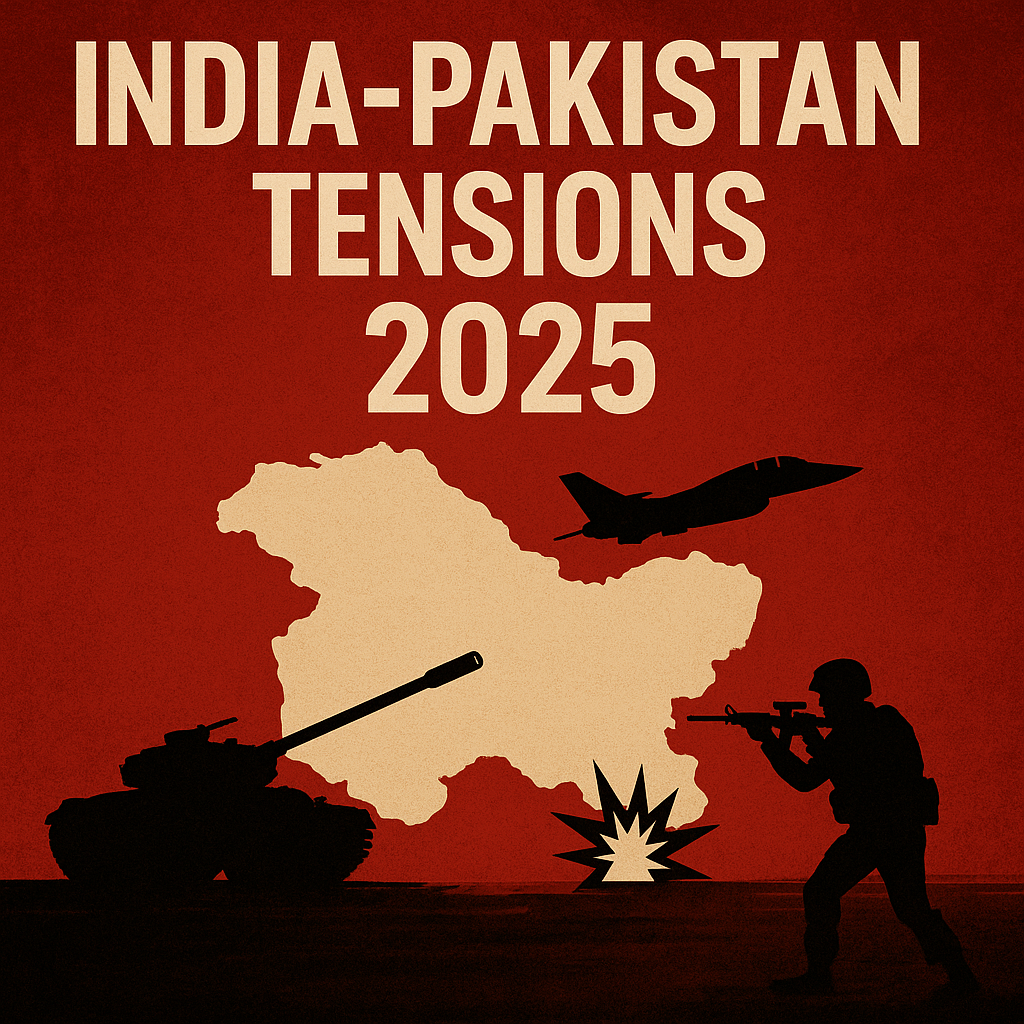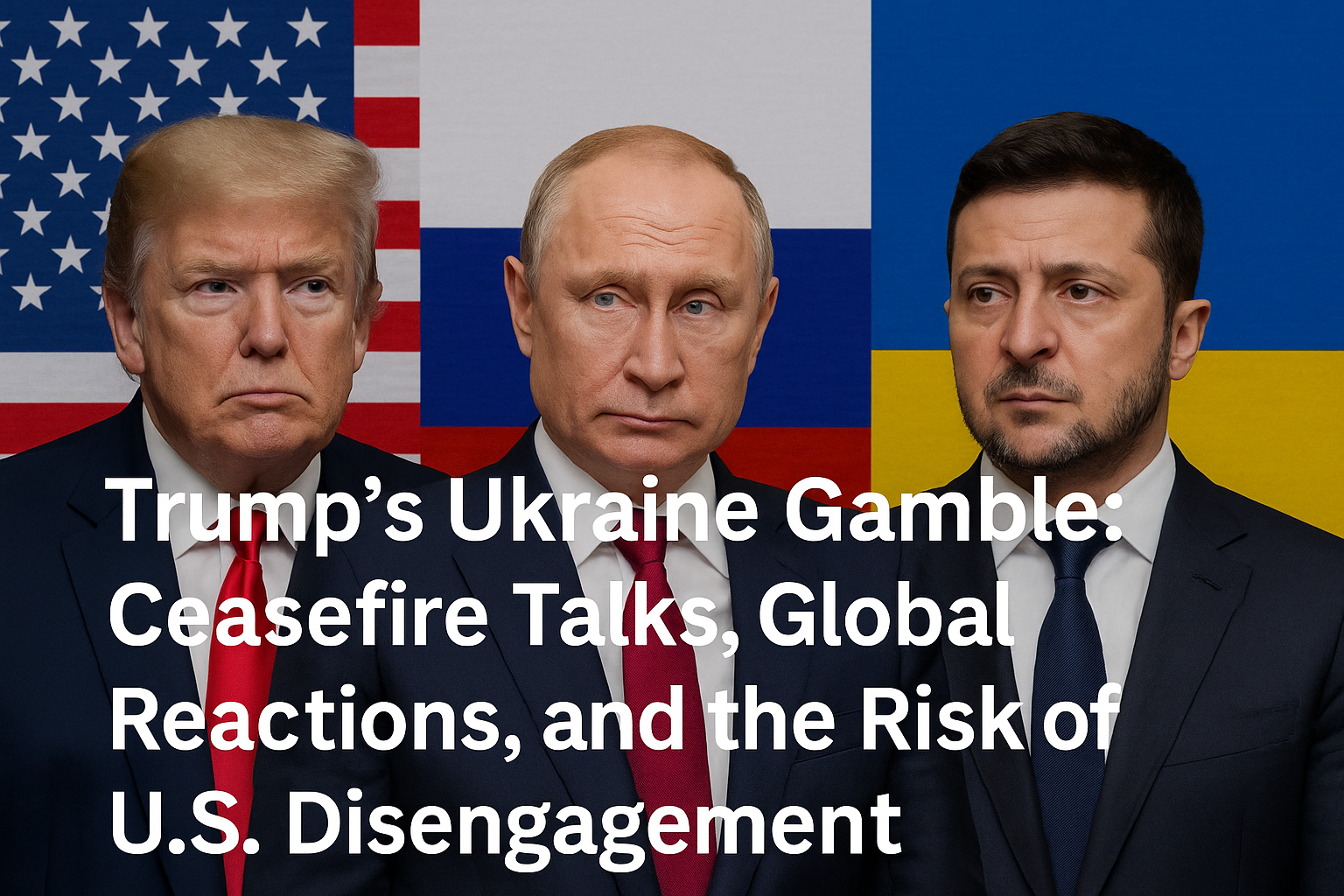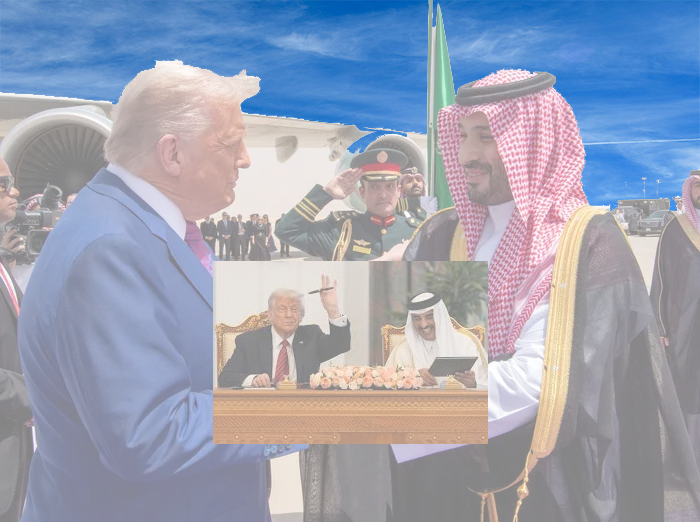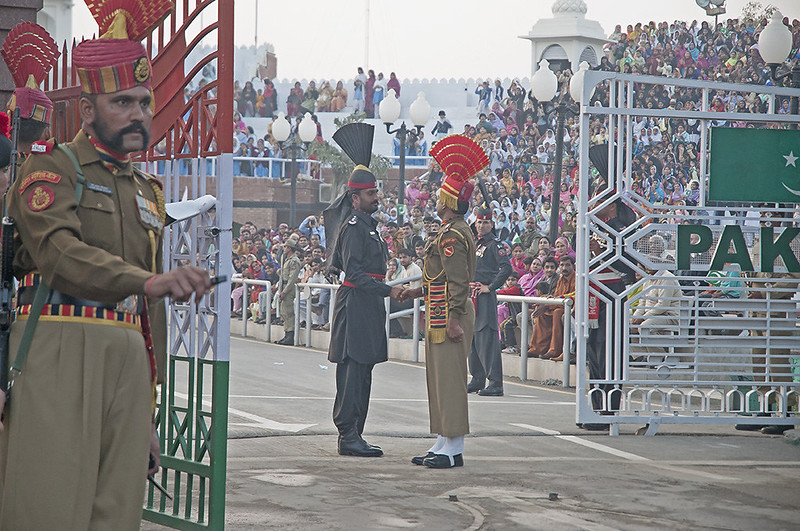
The early days of May 2025 witnessed a significant escalation in tensions between India and Pakistan, culminating in a series of military operations and a subsequent ceasefire. This period highlighted the volatile nature of South Asian geopolitics and the delicate balance required to maintain peace in the region.
The Spark: Pahalgam Tragedy
On April 22, 2025, a terrorist attack in Pahalgam, Jammu and Kashmir, resulted in the deaths of 26 civilians. India attributed the attack to Pakistan-based militant groups, leading to widespread outrage and calls for decisive action.(@EconomicTimes, Indiatimes)
Operation Sindoor: India’s Military Response
In retaliation, India launched “Operation Sindoor,” targeting alleged terrorist infrastructure within Pakistan. The operation involved airstrikes on multiple locations, including the destruction of 11 Pakistani airbases and defense establishments. Indian officials emphasized that these strikes were precise and aimed at dismantling terror networks .(Financial Times, @EconomicTimes)
Air Marshal AK Bharti, during a DGMO briefing, underscored India’s firm stance by quoting poet Ramdhari Singh Dinkar: “Yachna nahi ab ran hoga” (“No more requests, now there will be war”) . This statement reflected India’s shift from diplomatic engagements to a more assertive military posture.(@EconomicTimes)
Pakistan’s Counter-Operation: Bunyan-um-Marsoos
Pakistan responded with “Operation Bunyan-um-Marsoos,” claiming to have downed five Indian jets and targeted Indian military installations along the Line of Control (LoC). The operation resulted in casualties on both sides, with Pakistan reporting 11 soldiers killed and 78 wounded .(Financial Times)
Ceasefire Agreement: A Temporary Respite
Amid escalating hostilities, the United States intervened, mediating a ceasefire that came into effect on May 10, 2025. Both India and Pakistan agreed to halt cross-border firing and reduce troop presence along the LoC . While the ceasefire provided a temporary respite, underlying tensions remained unresolved.(@EconomicTimes)
Political Rhetoric and Nationalistic Sentiments
In a national address, Indian Prime Minister Narendra Modi emphasized that India would not tolerate “nuclear blackmail” and that future engagements with Pakistan would focus solely on terrorism and Pakistan-occupied Kashmir (PoK) . He reiterated that “talks and trade cannot go with terror,” signaling a hardened stance.(Indiatimes)
Conversely, Pakistani officials portrayed the ceasefire as a diplomatic victory, asserting that their military response had effectively countered Indian aggression. Defense Minister Khawaja Asif labeled PM Modi as the “most certified terrorist in the world,” reflecting the charged political atmosphere .
International Implications and Strategic Concerns
The conflict exposed vulnerabilities in India’s defense capabilities. Reports indicated that advanced military equipment, including Rafale jets and S-400 missile systems, underperformed during the operations. This raised concerns among international defense partners and questioned the efficacy of high-profile defense procurements .
Furthermore, the involvement of external powers, particularly the United States, in brokering the ceasefire highlighted the international community’s vested interest in South Asian stability. However, it also underscored the limitations of bilateral mechanisms in resolving deep-seated conflicts.
The Road Ahead: Navigating a Fragile Peace
While the ceasefire has temporarily halted hostilities, the path to lasting peace remains fraught with challenges. Both nations continue to harbor deep mistrust, and the potential for future escalations persists. Addressing core issues, such as cross-border terrorism and territorial disputes, is essential for sustainable peace.(Financial Times)
Diplomatic engagements, confidence-building measures, and adherence to international norms are critical in preventing future conflicts. The recent events serve as a stark reminder of the volatility in the region and the imperative for proactive peacebuilding efforts.
Note: This article is based on information available as of May 13, 2025, and reflects the developments up to that date.





